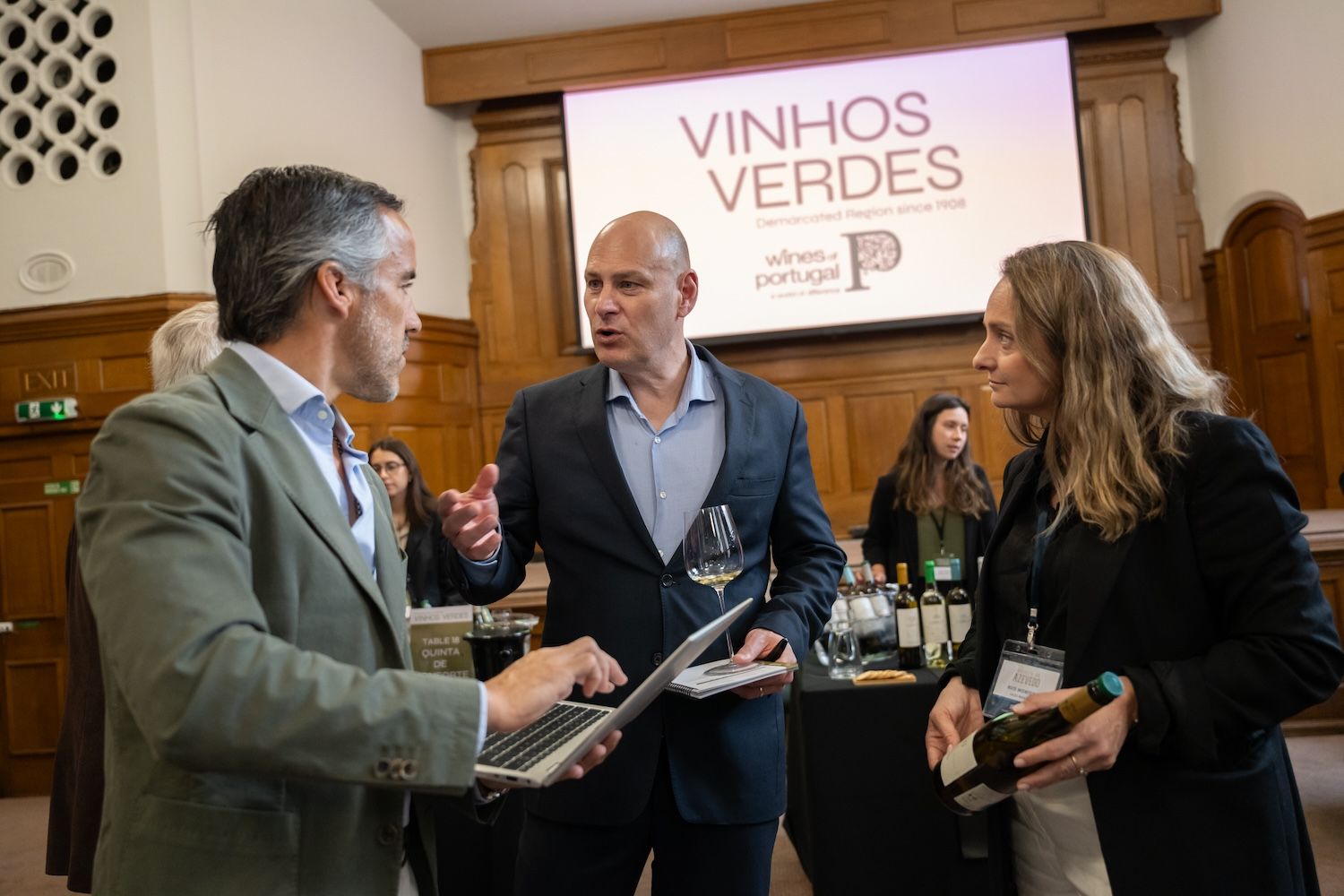“One suspects that the reason that the four core sparkling teas are so successful in the on-trade is because their origin lies in the hands of top sommelier Jacob Kocemba,” writes Dean.
Even though there were 300 products on show from 40 producers, the London Autumn/ Winter Tasting from Enotria&Coe felt manageable – compact even – a welcome relief from some importer’s tastings that are dragged out over two days and feel like they have had little or no selection procedures in place.

The Enotria&Coe tasting was held at The Music Rooms just off Bond Street, London
With business going well for the company, there was a palpable buzz in the room, with a number of new faces and many new lines added to the portfolio.
With the Low/ No alcohol category growing stronger every day it seems, I confess to approaching the stand of Copenhagen Sparkling Tea with a little bit of trepidation, ‘bandwagon jumping’ came to mind. But not a bit of it. There’s a reason that this company’s mix of low alcohol and alcohol-free sparkling teas have been winning many a trophy recently and that’s because it’s an entirely new drinks category that works – the drinks are delicious and are as highly individual as, well, different types of tea.
One suspects that the reason that the four core sparkling teas (and one limited edition) are so successful in the on-trade is because their origin as a product lies in the hands of top sommelier Jacob Kocemba. When he was at Michelin-star restaurant Herman, he was trying to create the complete wine list and ended up making his own sparkling teas in order to close a ‘product gap’.
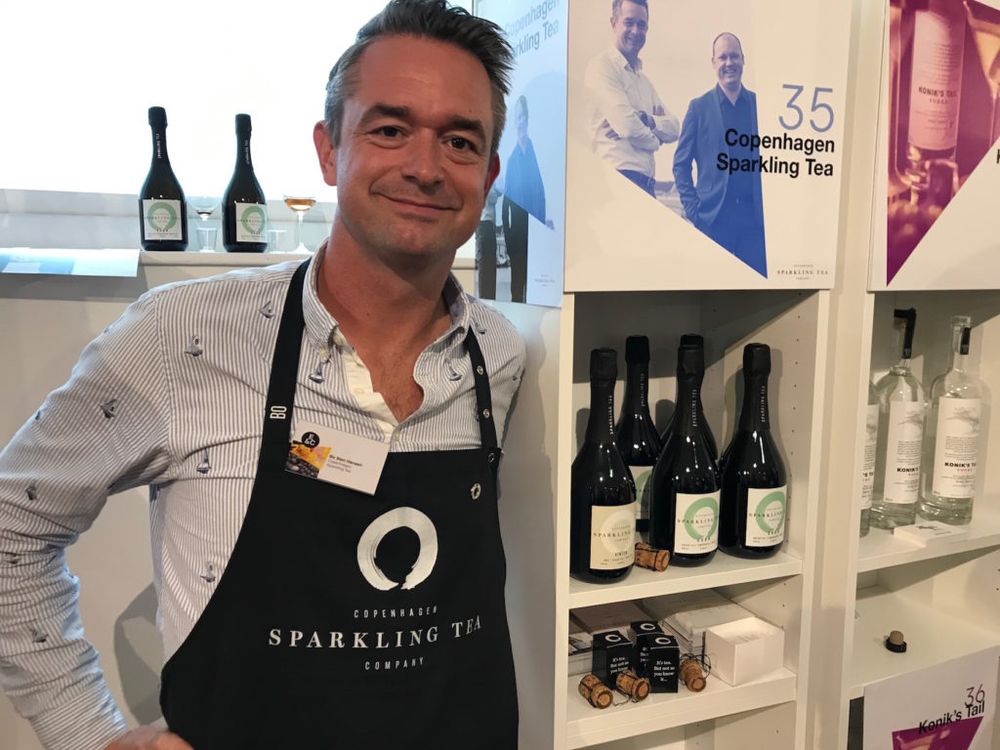
Bo Sten Hansen, marketing director and co-founder Copenhagen Sparkling Tea
He then teamed up with Bo Sten Hansen, the business brains, and together they launched the Copenhagen Sparkling Tea Company in 2017. They are already selling 135,000 bottles a year, 40% of that taken up by the Danish market.
Speaking at the Enotria&Coe tasting Hansen admitted that, given it’s a new category it does need explaining by a sommelier, although given that the wines are already placed in 13 Michelin-starred restaurants amongst others (two of those 3-star), it seems that the explanations have been working – as a non-alcoholic sparkler, ‘boozy’ tea, cocktail mixer (Christian Tang has developed a cocktails list) or as a food-matcher with many applications, at all various stages of a meal and high tea, of course.
The four main drinks are LYSERØD, BLÅ (both 0% alcohol), RØD, GRØNand VINTER (all 5% alcohol, the latter being a seasonal variant.) The labels are clearly coloured pink, green red and blue and were referred to as such in the E&C catalogue so they could work on a menu in the original Danish or listed by colour.
The sparkling teas are manufactured by a German Sekt producer based in the Nahe – the alcoholic teas use Riesling and Muller Thurgau, while the non-alcoholic use the must. There is also freshly squeezed lemon juice in the mix and all the products are organic. The residual sugar of BLÅ, which was one of my favourites, is just 50 gms a litre, and the price of all of them is either £11.50 or £12.50*.
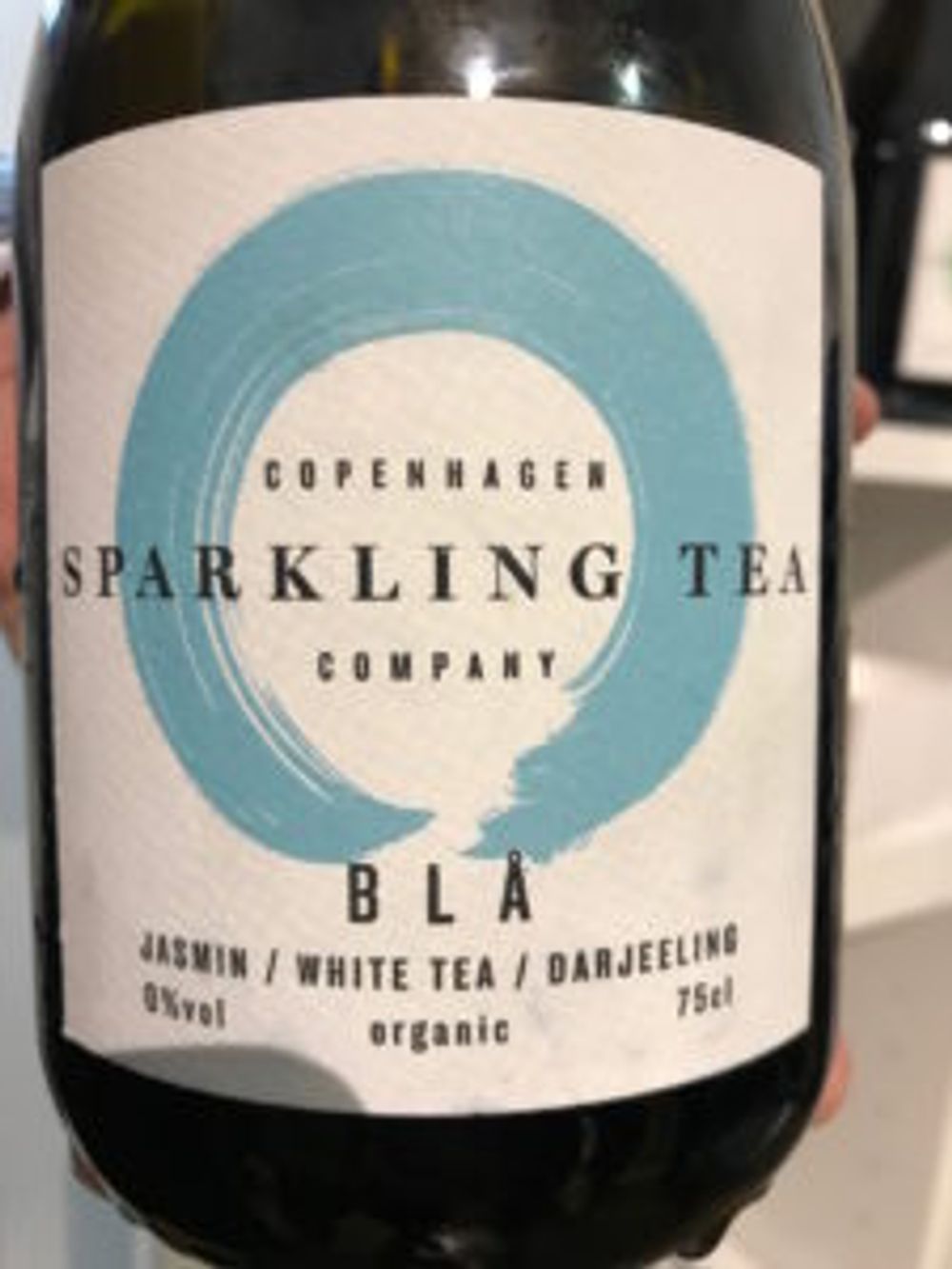
I came away genuinely excited and seriously impressed with the quality and flavours of the products – no-one’s been turning up the sugar dial or adding loads of additives and, when you consider what a Seedlip and tonic costs you in a bar, I would far rather buy a glass of an already-integrated product such as sparkling tea. I think a new variant they should consider would be based on Pinot and then they could call it NORDIC NØIR ! Boom tish.
Two new wines from collaborations
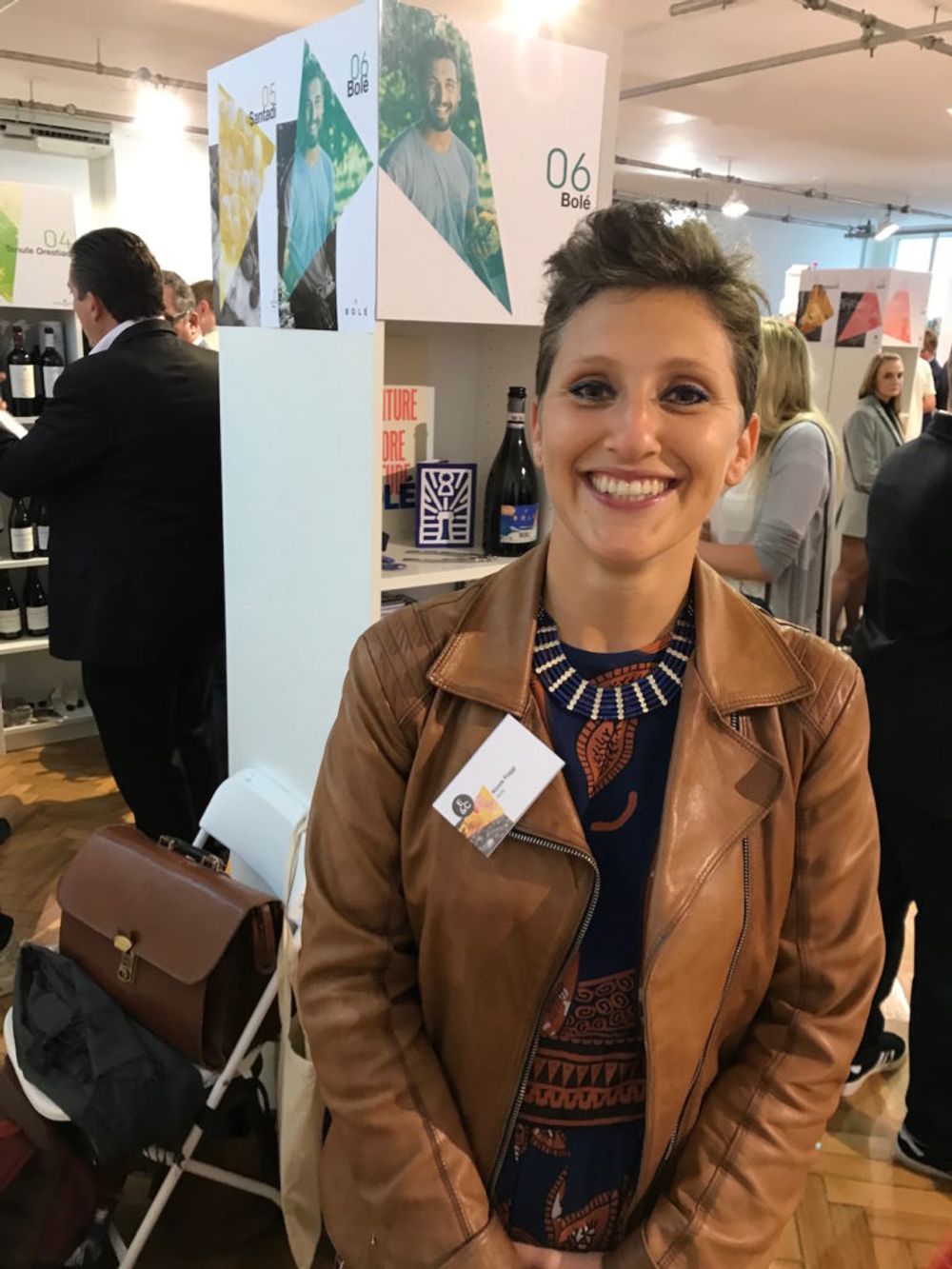
Bolé’s Nicole Poggi: treating the new Spumante like a beer brand
Also in the midst of a brand-building exercise or a ‘bubble revolution’ if you will is Bolé with its Bolé Bianco Spumante Brut Romagna DOC (£9.95) that was having its London launch at E&C.
This newest Italian DOC is a Spumante that is the result of two cooperatives (Caviro & Cevico) joining forces and making a premium product. Of the company’s 20,000 growers just 97 were selected for the project, which was launched in Italy in 2018 and is moving from 50,000 to 100,000 bottles production this year.
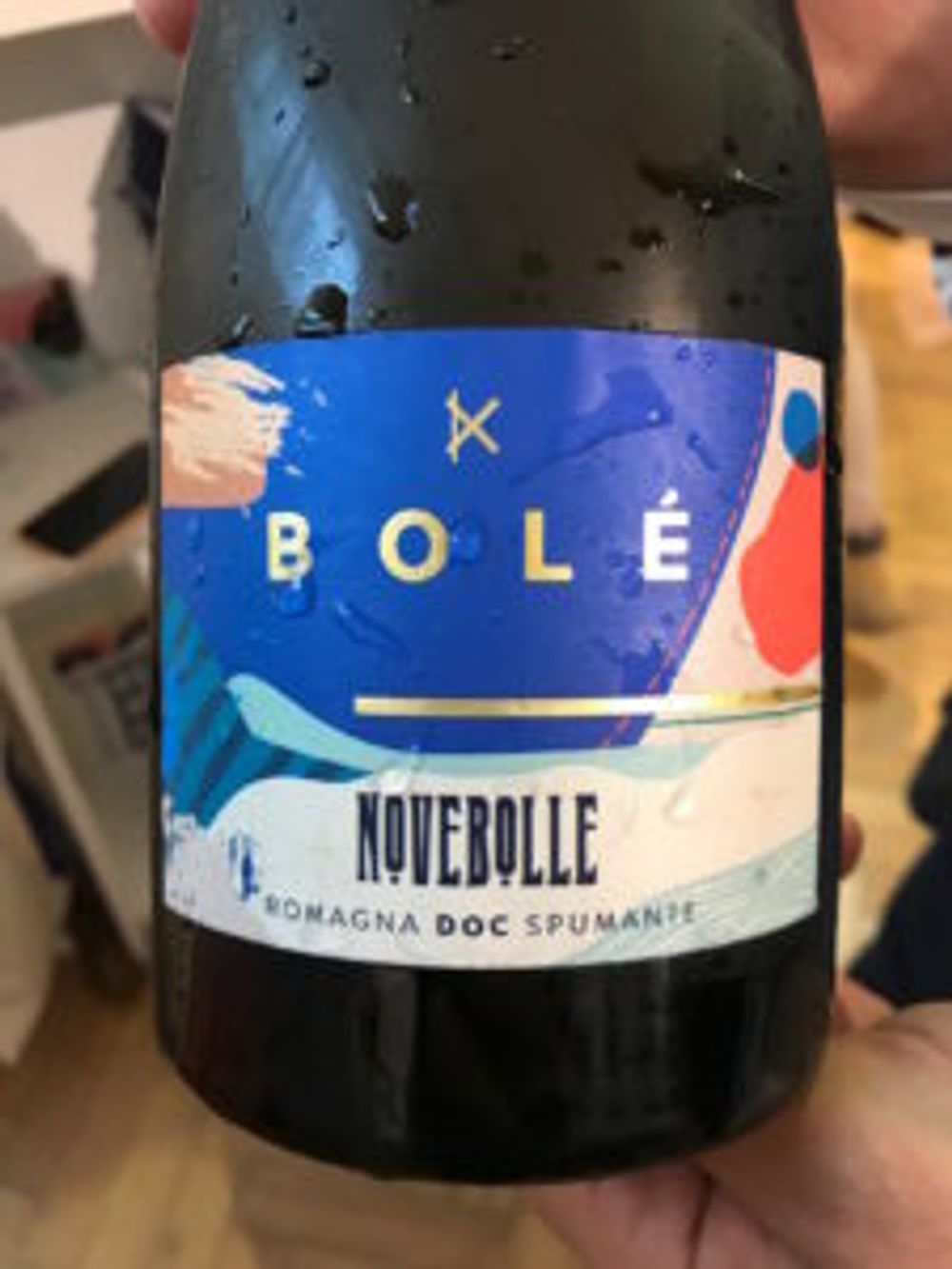
Nicole Poggi told me that this is Romagna’s first sparkling wine and the six women who are running Bolé, of which she is one, are treating it like a beer brand in terms of analysis and targeting. Apart from its massive mousse that’s where the comparison ends – this is quality fizz with a delicious tart apple/ lemon sherbet finish.
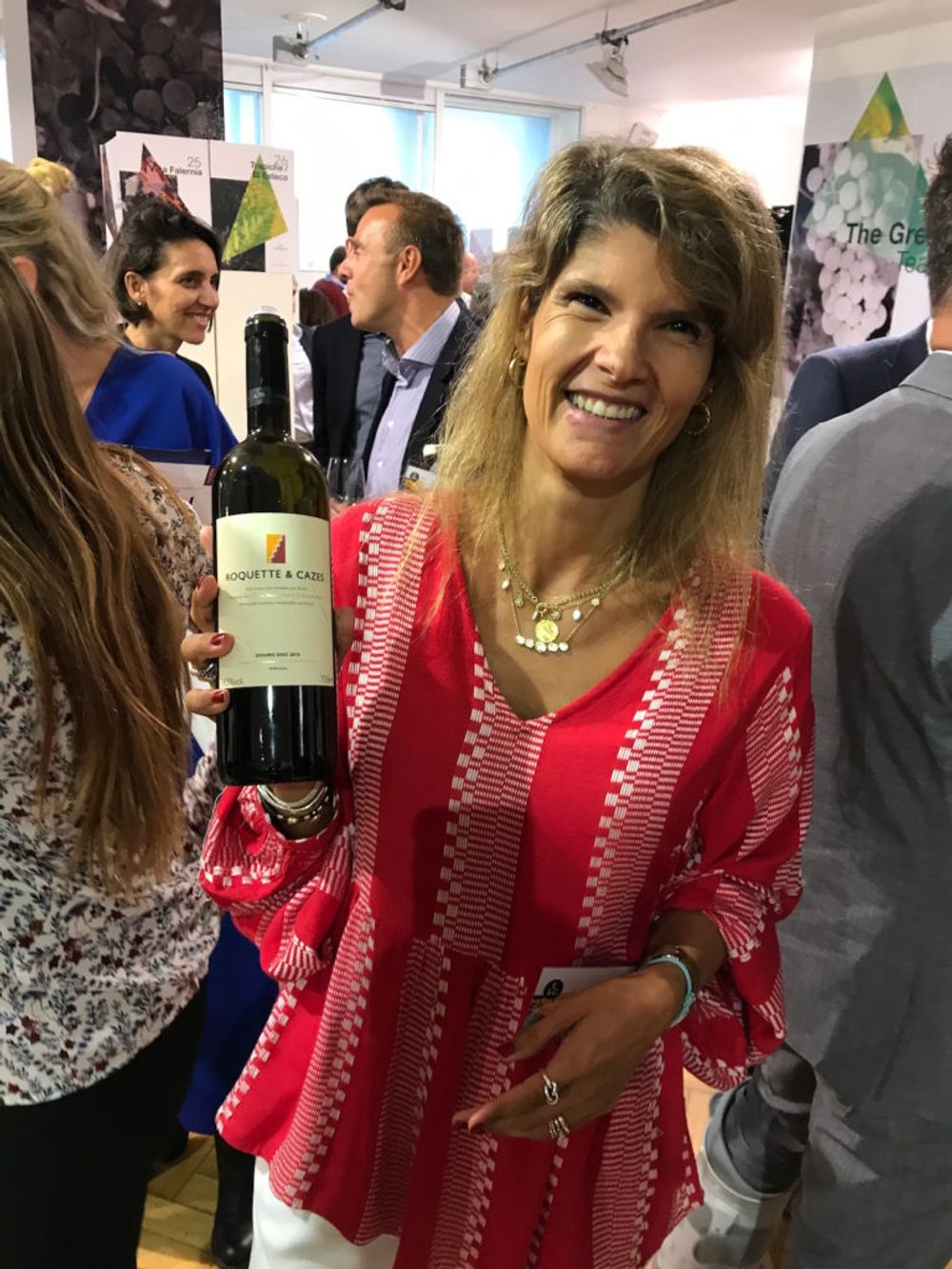
Rita Magalhães Camelo, export manager for Quinta Do Crasto
Another two wines that are the result of a collaboration are Douro Tinto, 2015 (£16.25) and Xisto, 2015 (£46.69) that are on the Roquette e Cazes label – a joint venture between Quinta Do Crasto, the 400 year-old Duoro producer owned by the Roquette family and J. Michel Cazes. Both wines are an interesting cross between Portugal and Bordeaux, they use the same grapes – Tinta Roriz, Touriga Franca and Touriga Nacional – but the Xisto has 10% from 45 year old vines. Roquette e Cazes has been going for 15 years but this is the first time since 2013 that E&C has been taking them. Both wines delicious – complex, tons of black fruits, but where the Tinto is elegant, open and approachable, the Xisto has clearly been made for the long haul and had much more hidden, mysterious depths.
Ulterior from Castilla-La Mancha is a genuine find
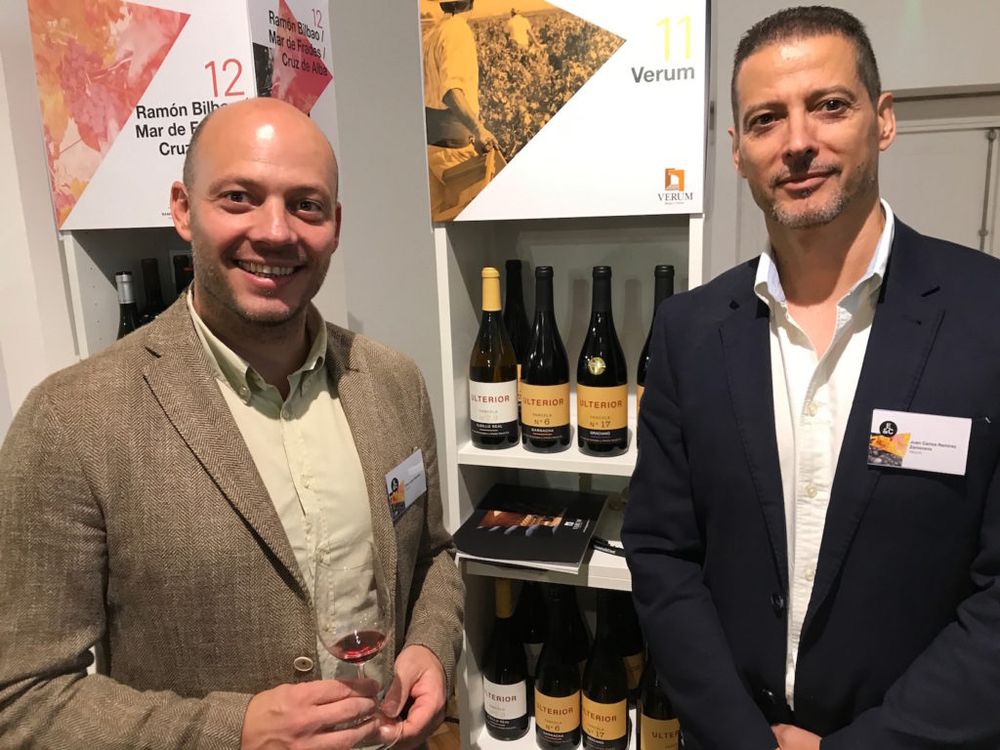
Winemaker Elias Lopez and Juan Carlos Ramirez Zamorano export manager of Verum (l-r)
Across the border there is plenty going on to get excited about in Spain. The new estate that E&C has picked up in Castilla-La Mancha is a stonker. Although Verum has been going for years with a wide variety of wines, its new organic range of single, mostly rare, varietals is a genuine find. The range is called Ulterior, and comprises five wines, although by the way buyers were exclaiming how good the fifth was, Ulterior Tinto Velasco Parcela No.10, don’t be surprised if that one joins the portfolio very soon.
Under the direction of winemaker Elias Lopez, who is being tipped in wine press circles as a name to watch, Ulterior uses late-ripening varieties (to avoid too much time in the summer sun) and ones which were near extinction as a preventative measure to the effects of climate change – and are being reintroduced because they vinify to lower ABVs, and make interesting wines.
The estate grows its fruit on limestone soils and vinifies in 80 year-old 5,000 litre amphorae and large format barrels to stick with the tradition of winemaking in Castilla-La Mancha , but also to let the varieties express themselves as unencumbered as possible. Intervention is minimal.
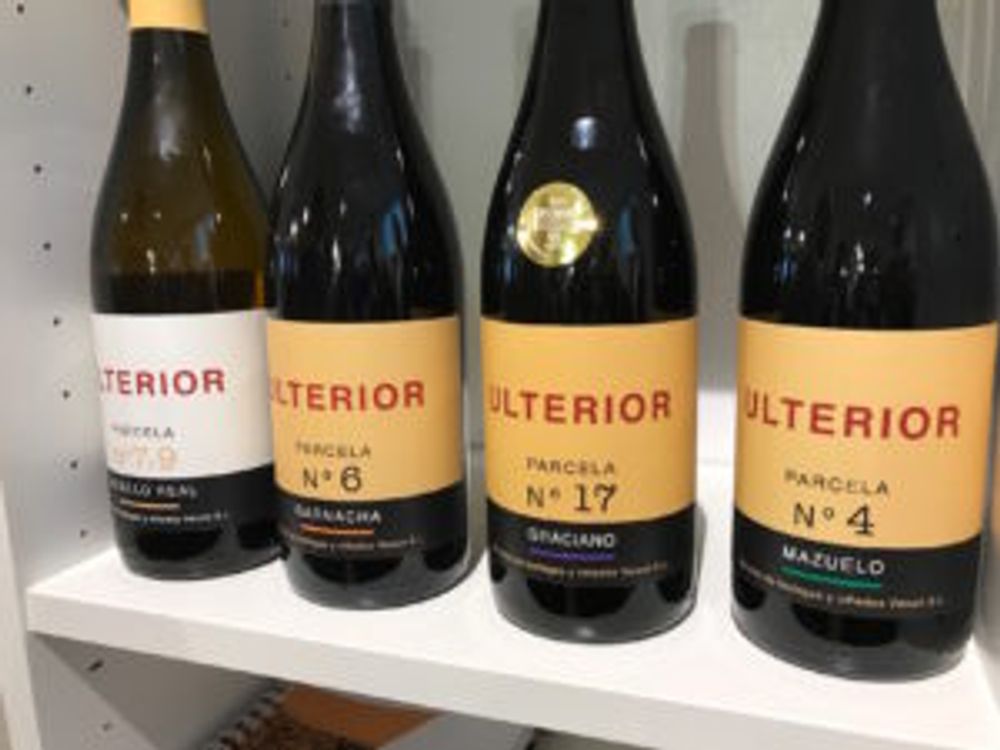
The one white, Ulterior Albillo Real Parcela No. 7 and 9, 2016,(£13.58) is 100% Albillo which has been fermented on the lees for seven months in amphora – it’s complex, full of fresh herbs and apple flavours, has weight on the palate but also a crisp saline/ mineral texture, weighing in at a low 12% ABV.
Equally impressive are the reds (all with a price of £13.58). Ulterior Garnacha Parcela No. 6 is a light rose-coloured wine with bright, lively acidity with yummy chocolate flavours – it’s had 50% whole bunch and has spent a year on the lees in amphora. Ulterior Mazuelo Parcela No. 4 is 15% ABV and although there is richness and concentration in the fruit the bright acidity balances this wine well. Ulterior Graciano Parcela No. 6 has plenty of acidity as you might expect but Lopez says the variety ripens better in Castilla-La Mancha than it does in Rioja. It reminded me of a Loire Cab Franc with its deep fruit flavours framed by acidity. All of these wines are pure, focused, contemporary and will work very well in the on-trade.
Yealands experimenting with eggs and carbonic maceration
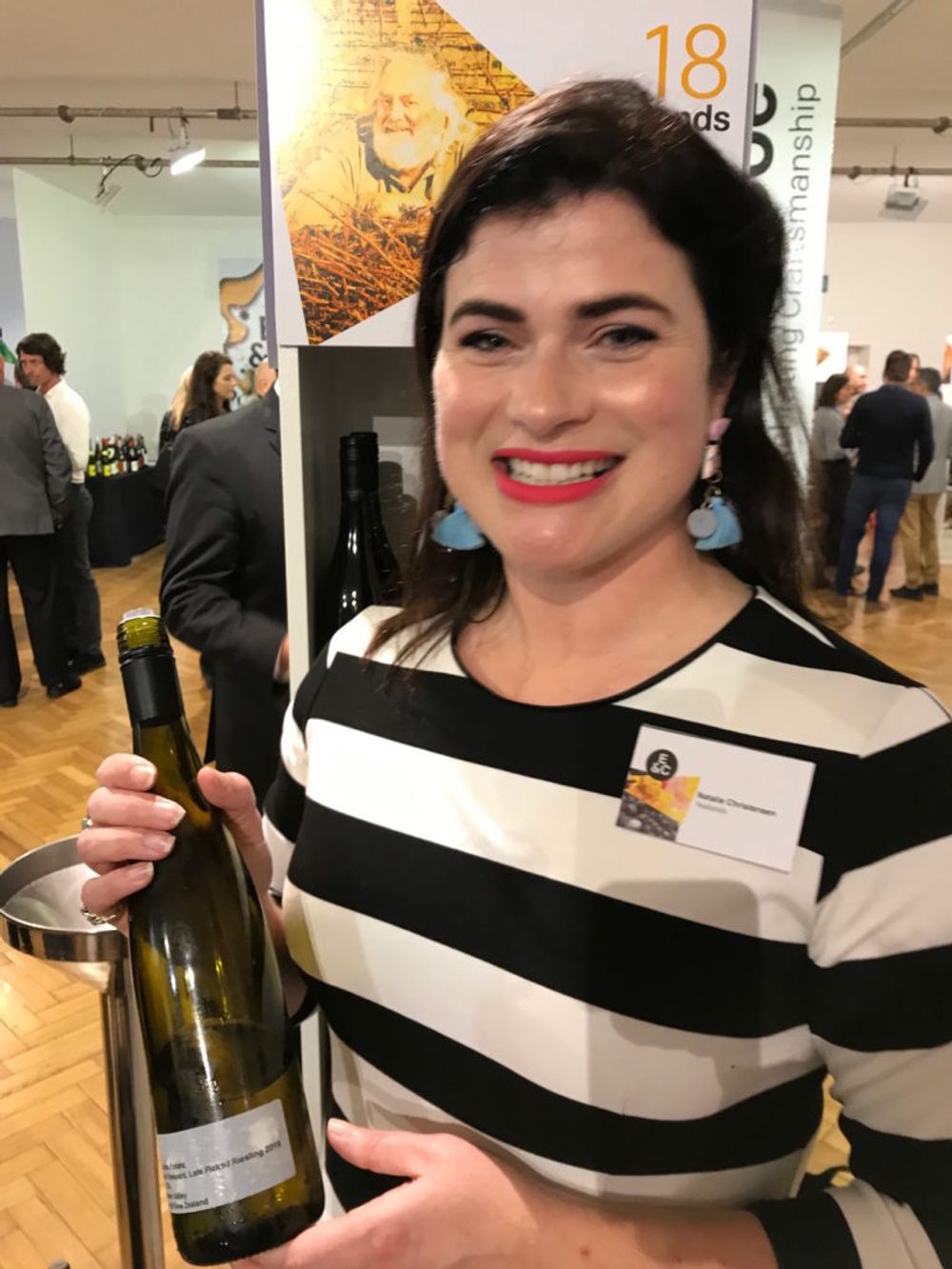
Head winemaker Nat Christensen
New to the Yealands range of wines is a sub-brand called State of Flux, which is a series of one-off cuvées kicking off with egg-fermented Sauvignon Blanc and Chardonnay. Up and coming are two carbonic macerated wines – Sauvignon Blanc and Pinot Noir. Head winemaker Nat Christensen believes that the carbonic macerated Savvy Blanc is a first for New Zealand. That’s to come next year, but what’s available now are 2018 State of Flux Sauvignon Blanc (£18.11) and 2018 State of Flux Chardonnay (£20).
Yealands has invested in five 1700 litre concrete eggs and started experimenting with the vinification. Three of the wines are being used to blend with and these two released as standalone wines. Both are sourced from the Awatare Valley and have spent 11 months on the lees, the wines’ new label focusing on the sub-brand rather than Yealands which is played down graphically, unusually for Yealands the wines have cork closure, with the attractive use of a gold over-cap.
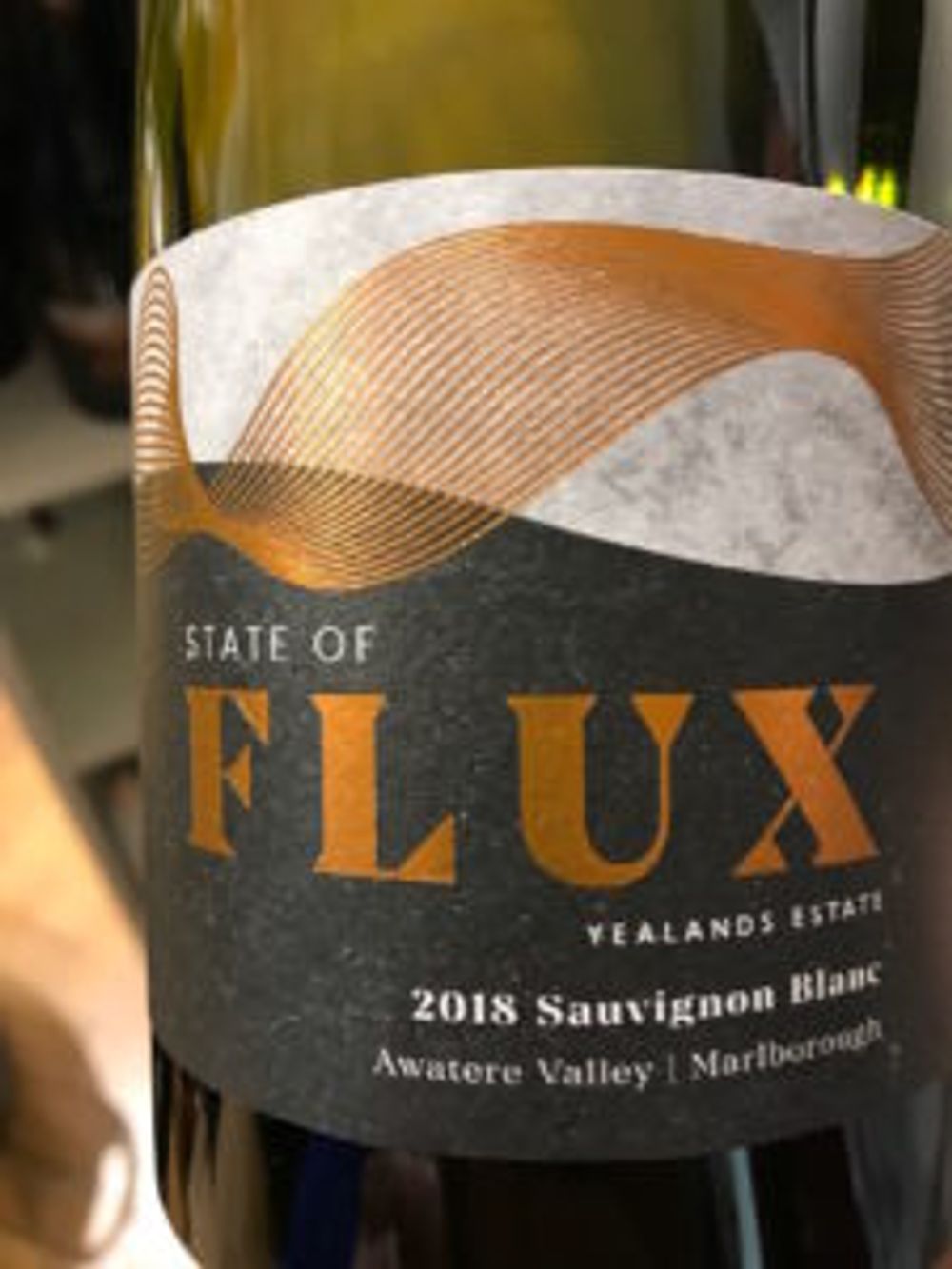
The concrete egg has given the SB a real power, there’s a nice chalky texture but underlying it is a robustness that’s quite unique. The nose wouldn’t have you in any other place than Awatare/ Marlborough. The Chard was fresh, light, textural and had a nice creamy lick of vanilla at the end.
Rhône-influenced reds from Swinney Vineyards

Matt Swinney
Although Swinney Vineyards has been growing grapes in the Frankland River since 1922 on its 2500 hectare property, it has only been making wine itself since 2010, with head winemaker Rob Mann (ex-Cape Mentelle) joining the fold two years ago from Napa’s Newton Vineyard, attracted primarily by the quality of Swinney’s bush vines. E&C has got four wines on release, since Swinney moved from Bibendum, and they all have a crisp, focussed, contemporary style, with a stylish almost Paul Smith look about the labels to match.
There are three reds with Northern Rhône the obvious influence and a dry-as-a-bone Riesling.
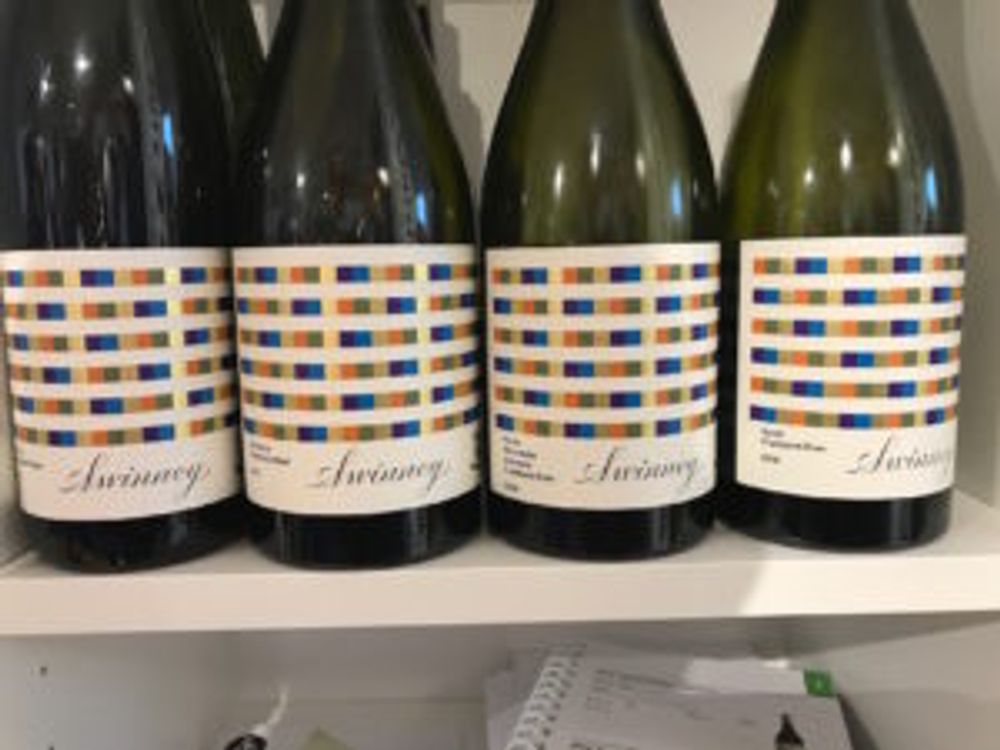
2019 Frankland River Riesling (£15.66) has just 6 gms residual sugar, precise rather than austere with a herbal note and real complexity to the fruit before its long, dry finish. Although 2018 is a very hot year in Australia in Western Australia they had relatively mild, very good grape-growing weather. 2018 Frankland River Syrah (£19.36) is a Hermitage-style 93% Syrah 7% Mourvedre, fresh and elegant despite its 15% abv.
2018 Frankland River Grenache (£19.36) is 87% Grenache from 20 year-old bush vines with 12% Mourvedre, 1% Syrah. It has a light, fruity nose and the style of very fine, dusty tannins that Peter Fraser goes for over at Yangarra in McClaren Vale, and a similar ferrous quality. There is a similar lightness of touch with the 2018 Frankland River Syrah Mourvedre Grenache (£19.36) which is 43% Syrah, 38% Mourvedre and 19% Grenache Noir – 20% of the fruit being whole bunch. Great depth of fruit on the mid-palate nice and spicy.
Audemus and new Pink Pepper Gins
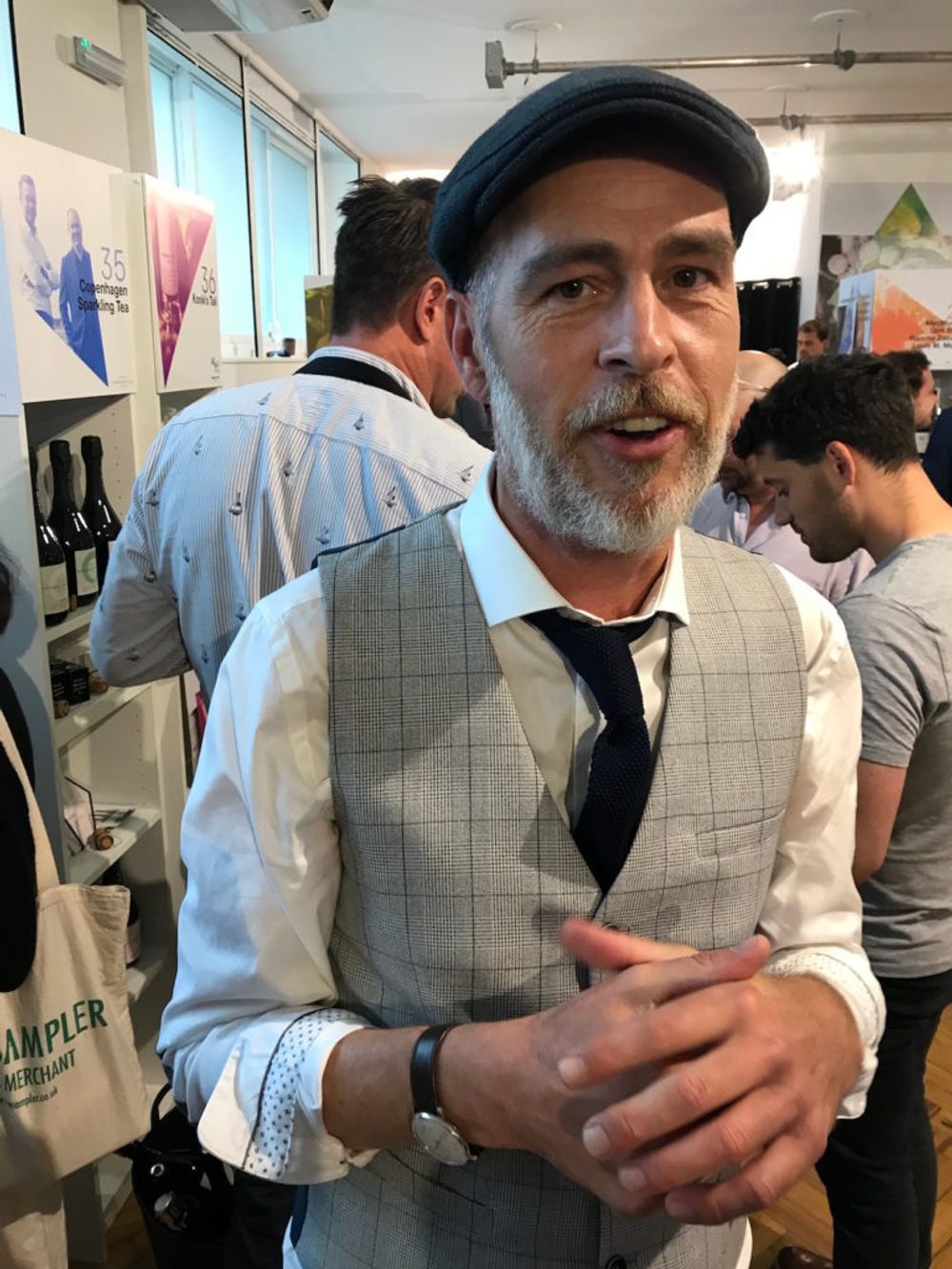
Ian Spink, co-founder Audemus
And last but certainly not least there was Audemus, the Anglo/ Australian duo based in Cognac and well known in the UK for Pink Pepper Gin. In four years Pink Pepper Gin has become something of a sensation with sales increasing by more than 55% each year, according to Ian Spink, although he tells me in the UK their growth was down to about 20% in 2019, the market accounting for 70% of their exports to seven different territories.
Audemus was launching a new Dry variant (£28.50) which does away with two botanicals – tonka bean and vanilla – and is recommended to be served with Fever Tree Mediterranean. The company also has a Umami (£31) as well as a Sepia Amer Liqueur (£27), Covert Liqueur (£28.50) and Bergamot Gin Liqueur (£24) that has been finding success in the back bar. I also liked the Pink Pepper Gin gift box which transforms into a cocktail book.
*All prices are duty paid wholesale





